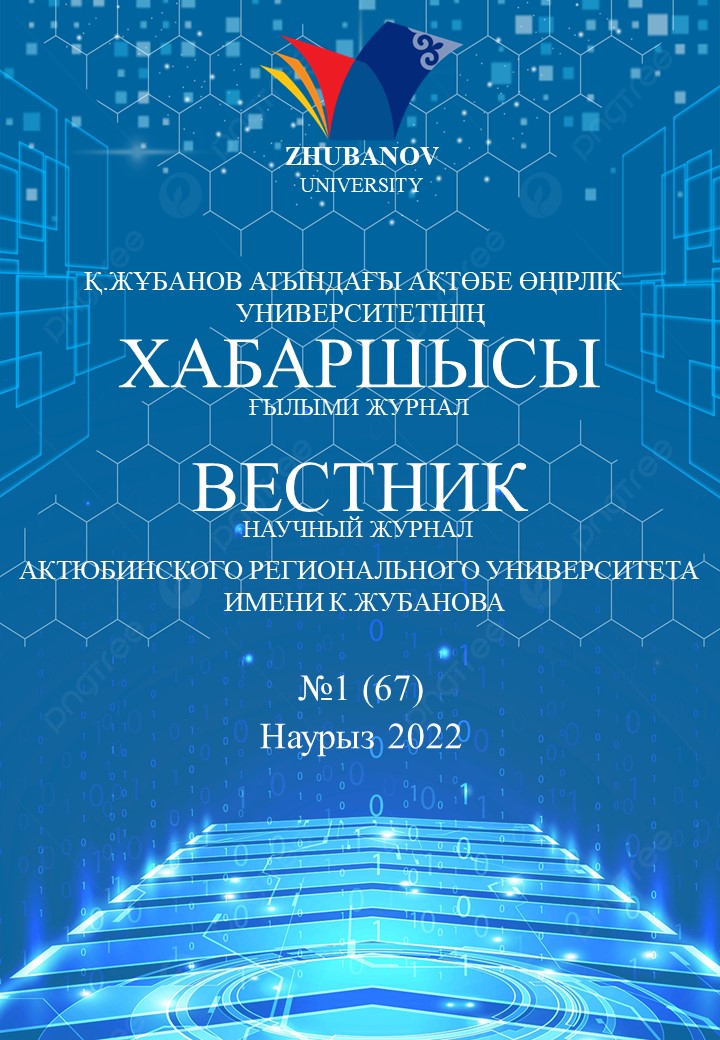Teaching foreign languages is a multi-step procedure that involves a variety of skills and abilities. Grammar and vocabulary are the foundation of any language, therefore developing lexical competency is crucial to the
formation of a system. A lexical approach to learning fundamentally means that the priority is encouraging students in improving vocabulary. This article is devoted to the use of authentic media texts in the process of teaching a foreign language, especially materials from the English newspapers during English language lessons. Authentic texts were nonpedagogical materials designed to assist students enhance not just learners communication even so students’ cultural competencies. The term authentic was established as a reaction to textbooks' predefined structures. The survey was conducted in order to define difficulties and problems in using authentic media texts in teaching lexical skills.The purpose of the article is to study the difficulties associated with the use authentic media texts in teaching lexical skills and give the recommendations to improve teaching process. This research examines the historical basis and evolution of
perspectives on the investigation of authenticity to see how differences in methods to English language education affected the usage of authentic resources.
- Passov E.I., (2002) Kuznetsova E.E. The problem of skills in teaching foreign languages. Textbook. (Voronezh: SEI «Interlingua».
- https://www.cambridge.org/elt/blog/2014/05/16/authentic-materials-classroomadvantages
- Little, D. G. and D.M. Singleton, (1988) Authentic Materials and the Role of Fixed Support in Language Teaching: Towards a Manual for Language Learners. Dublin; Trinity centre for Language and Communication Studies.
- Widdowson, Henry G. (1990). Aspects of Language Teaching. Oxford: Oxford University Press.5. Widdowson, Henry G. (1990). Aspects of Language Teaching. Oxford: Oxford University Press.
- Uluğ, F. (2000). Okulda başarı (7. Baskı). İstanbul: Remzi Kitabevi.
- Stadler, A. (1980). Children of guest workers in Europe: Social and culturel needs in relation to library services. Library Trends.
- Yasrida, N, Sutarsyah, C., & Sukirlan, M. (2017) Using authentic materials in reading comprehension of students' low and high proficiency levels at SMAN 3 Bandar Lampung. UNILA Journal of English Teaching.
- Albiladi, W. S. (2019). Exploring the use of written authentic materials in ESL reading classes: Benefits and Challenges. English Language Teaching.
- Wallace, C. (1992) Reading Oxford, O.U.P.
- Berardo, S.A. (2006). The use of authentic materials in the teaching of reading. The Reading Matrix.
- Berardo, S. A. (2006). The use of authentic materials in the teaching of reading. The Reading Matrix.

